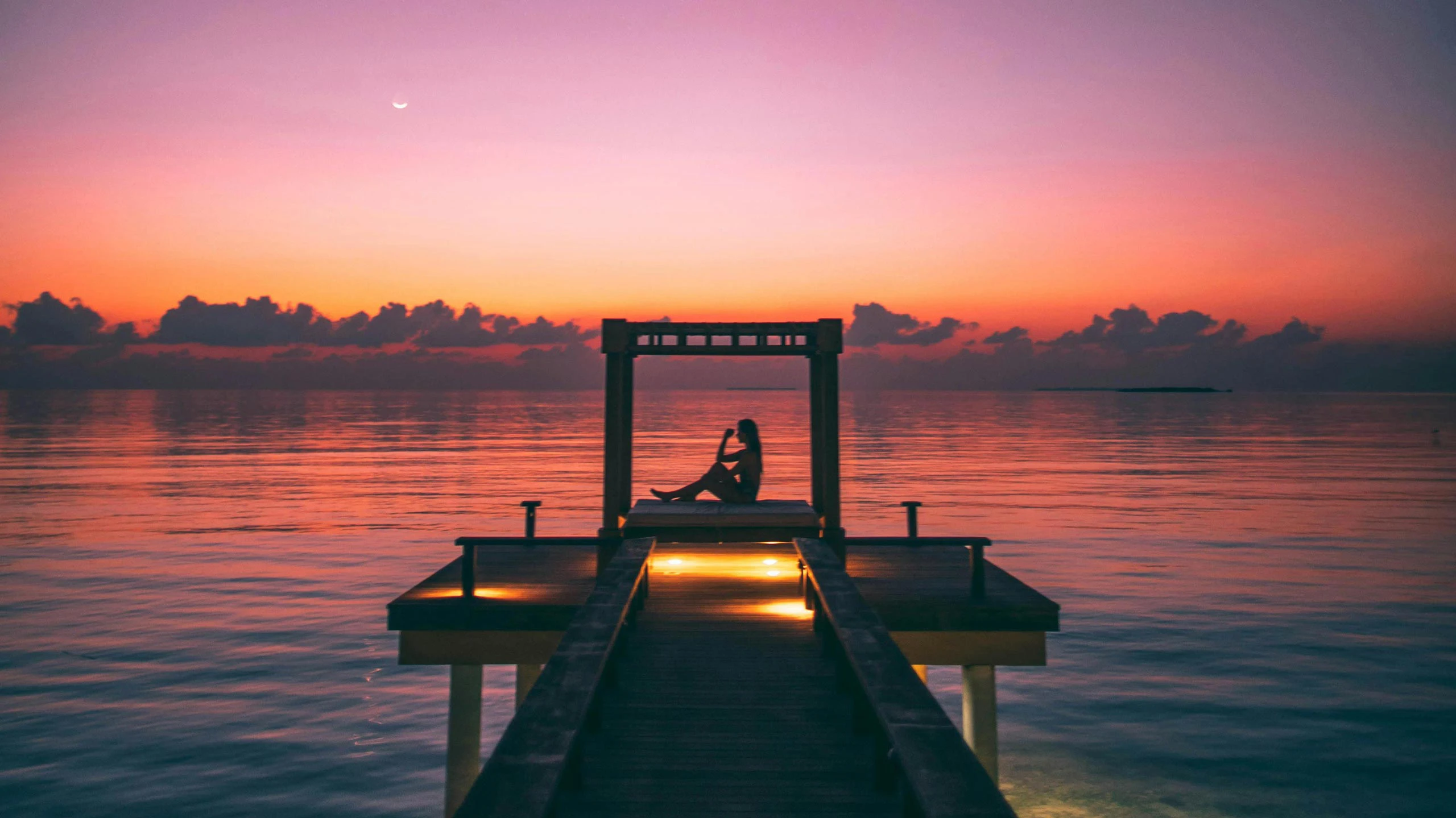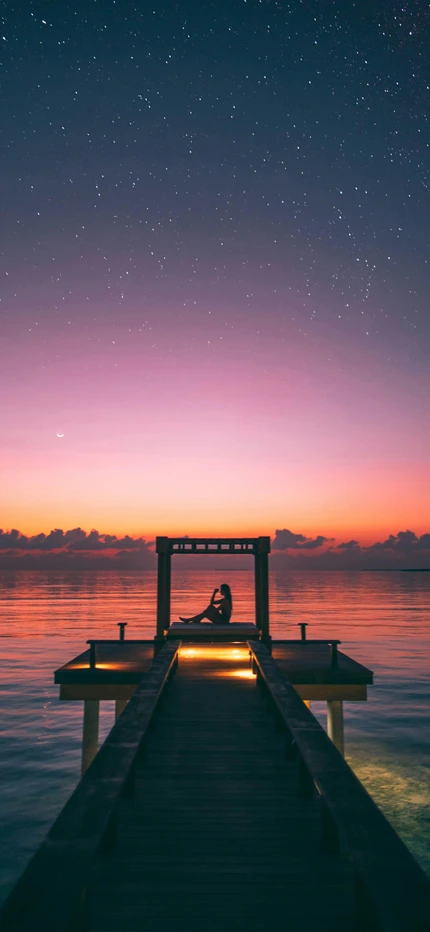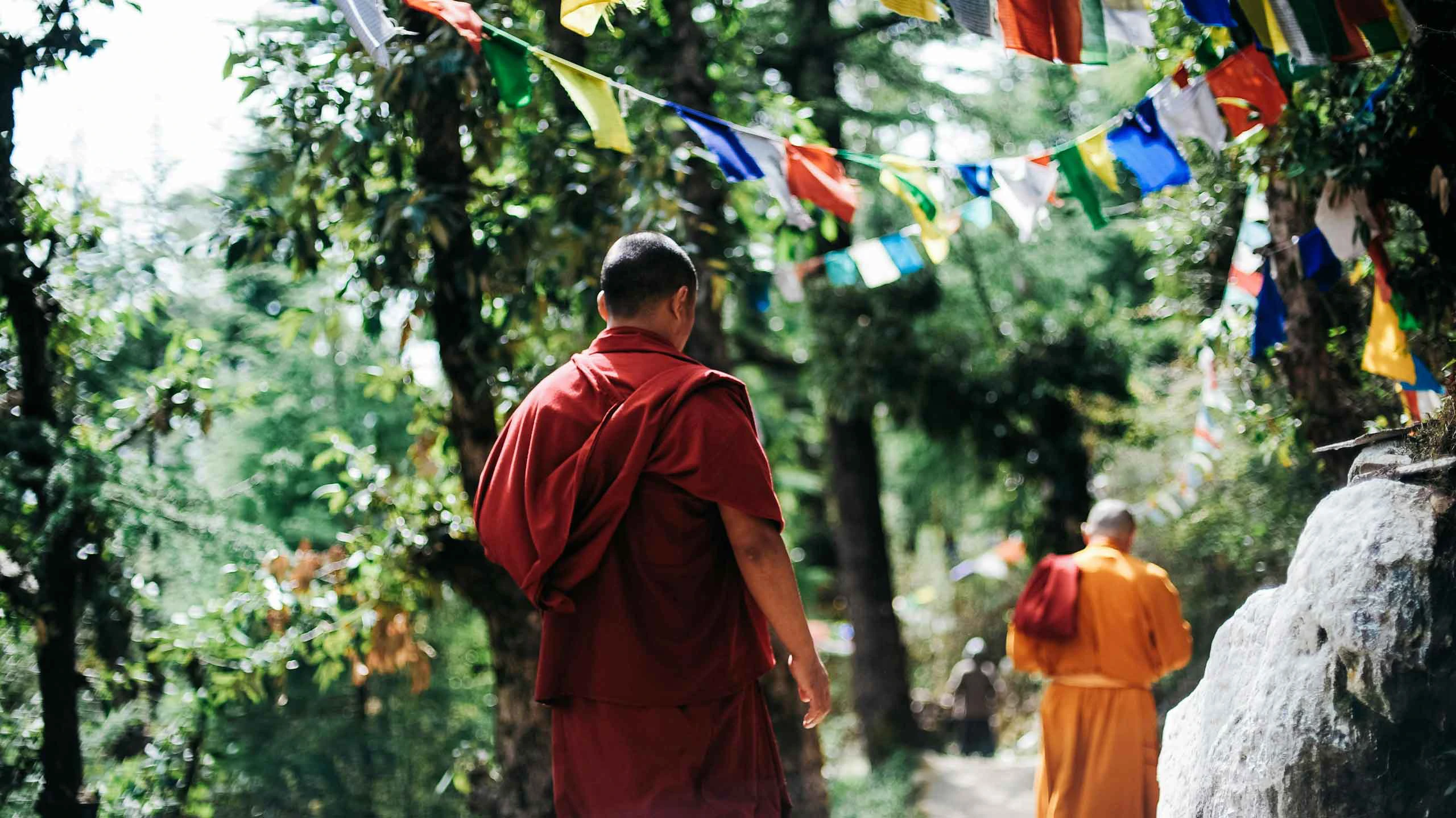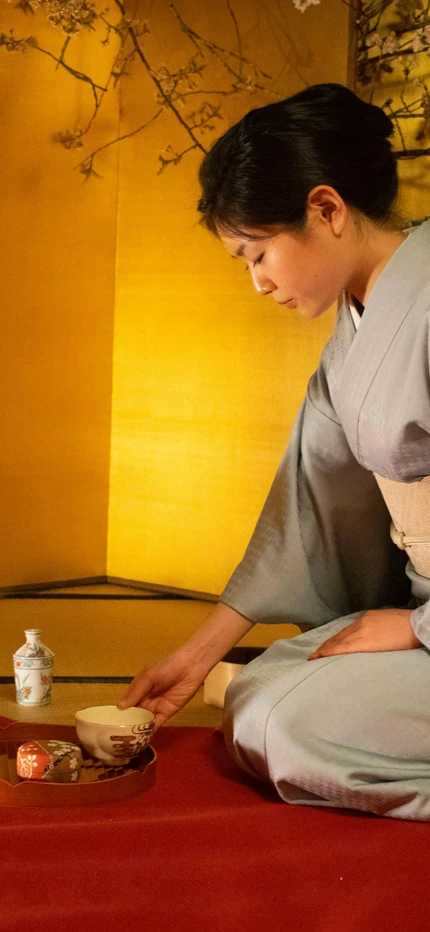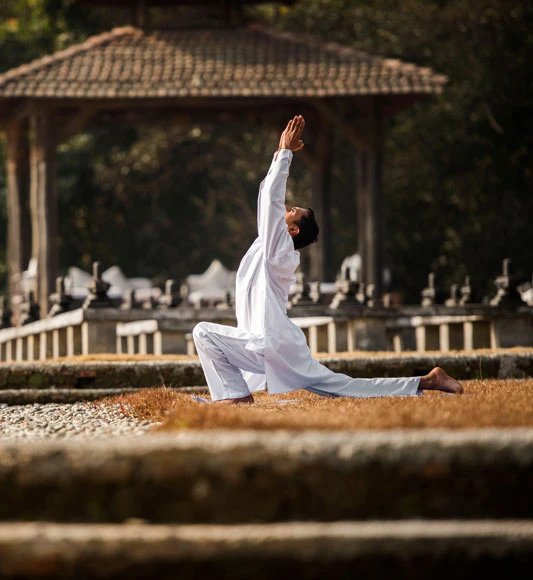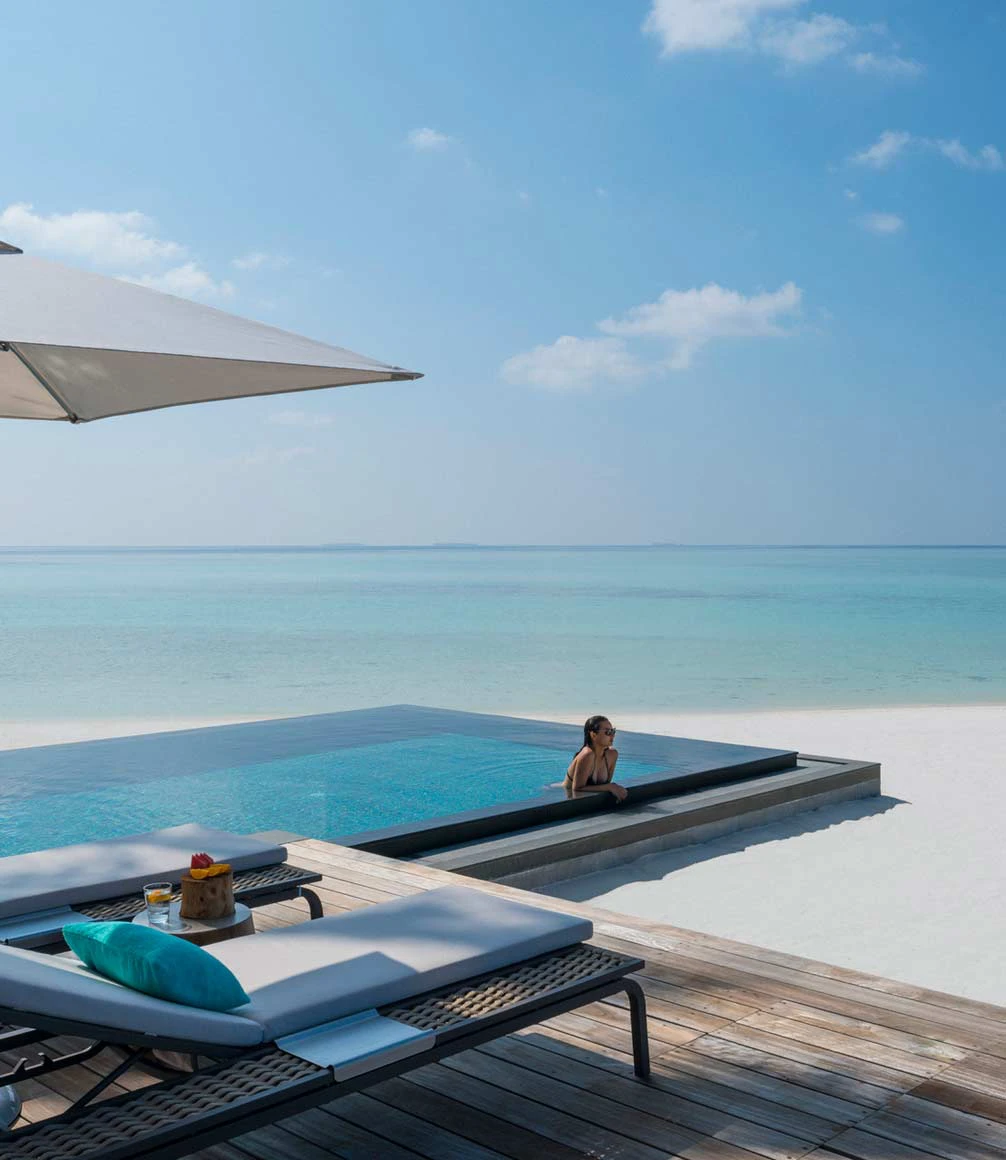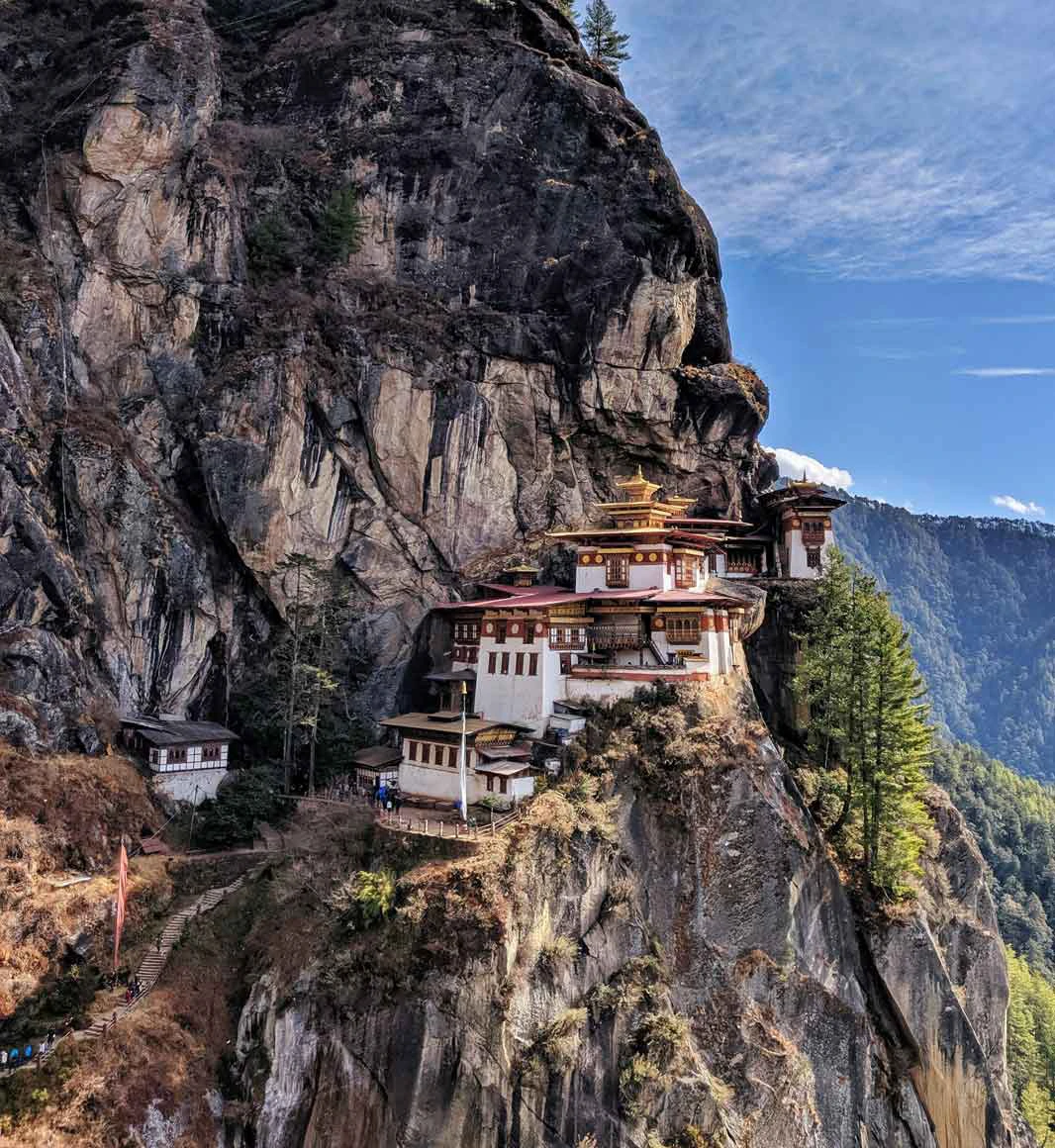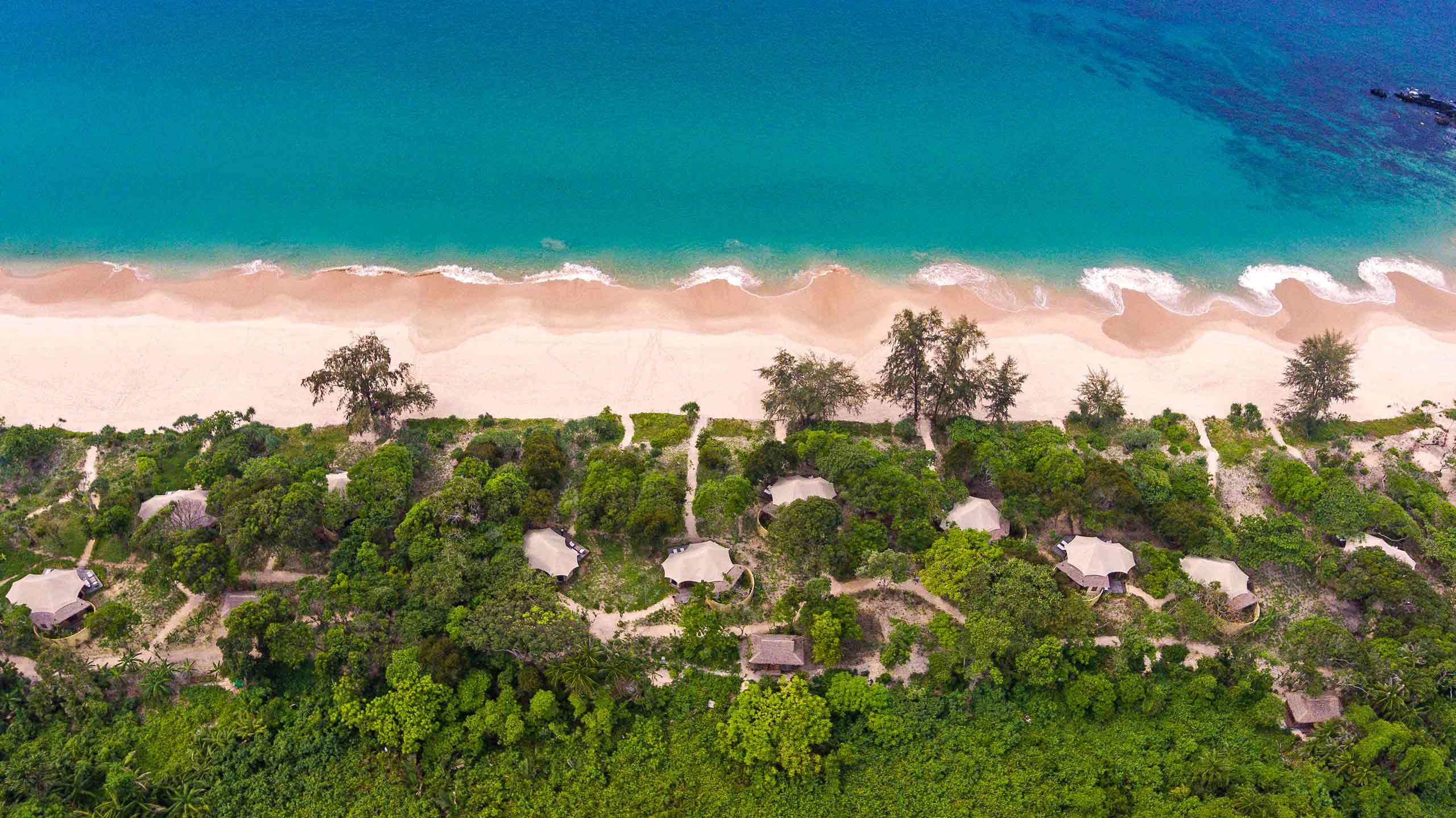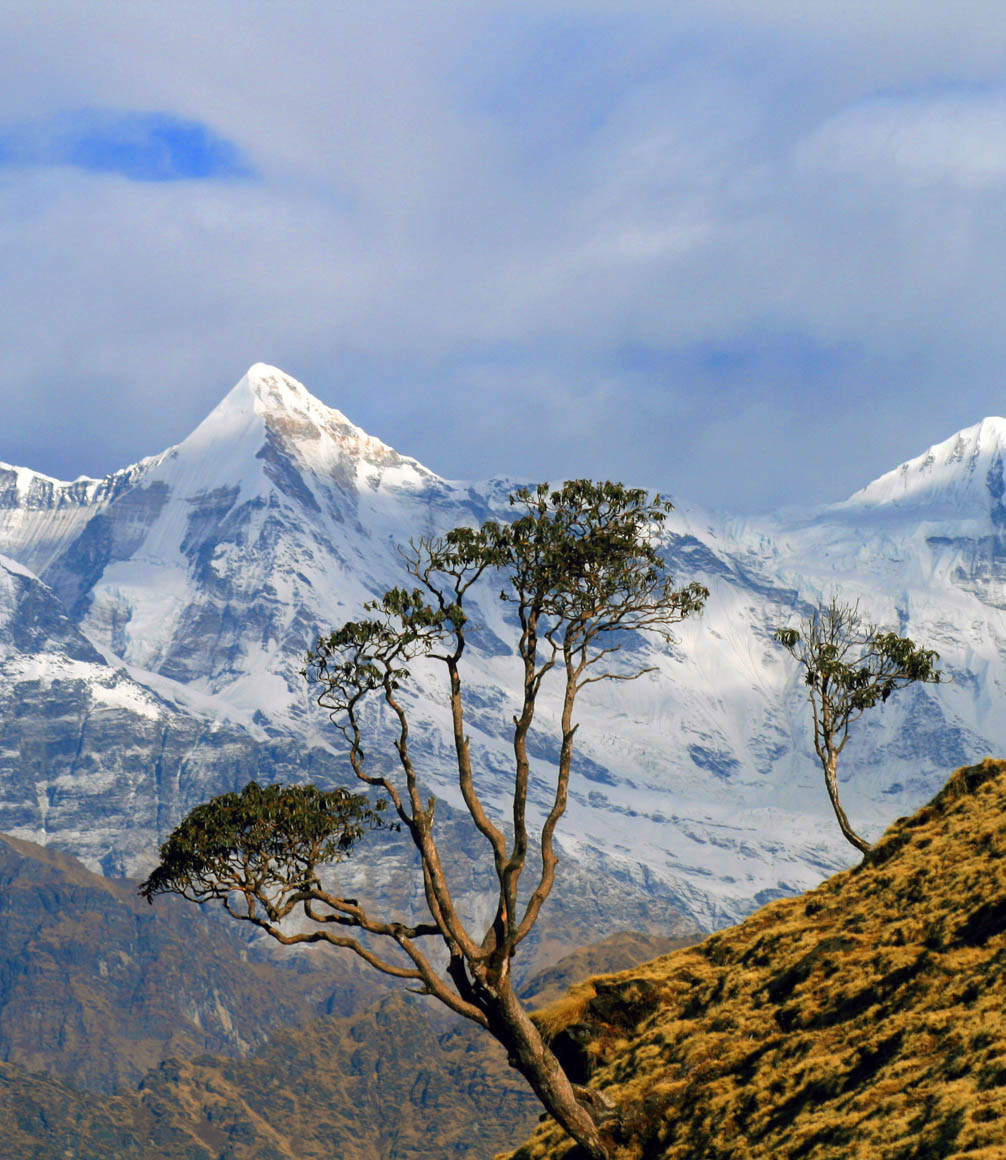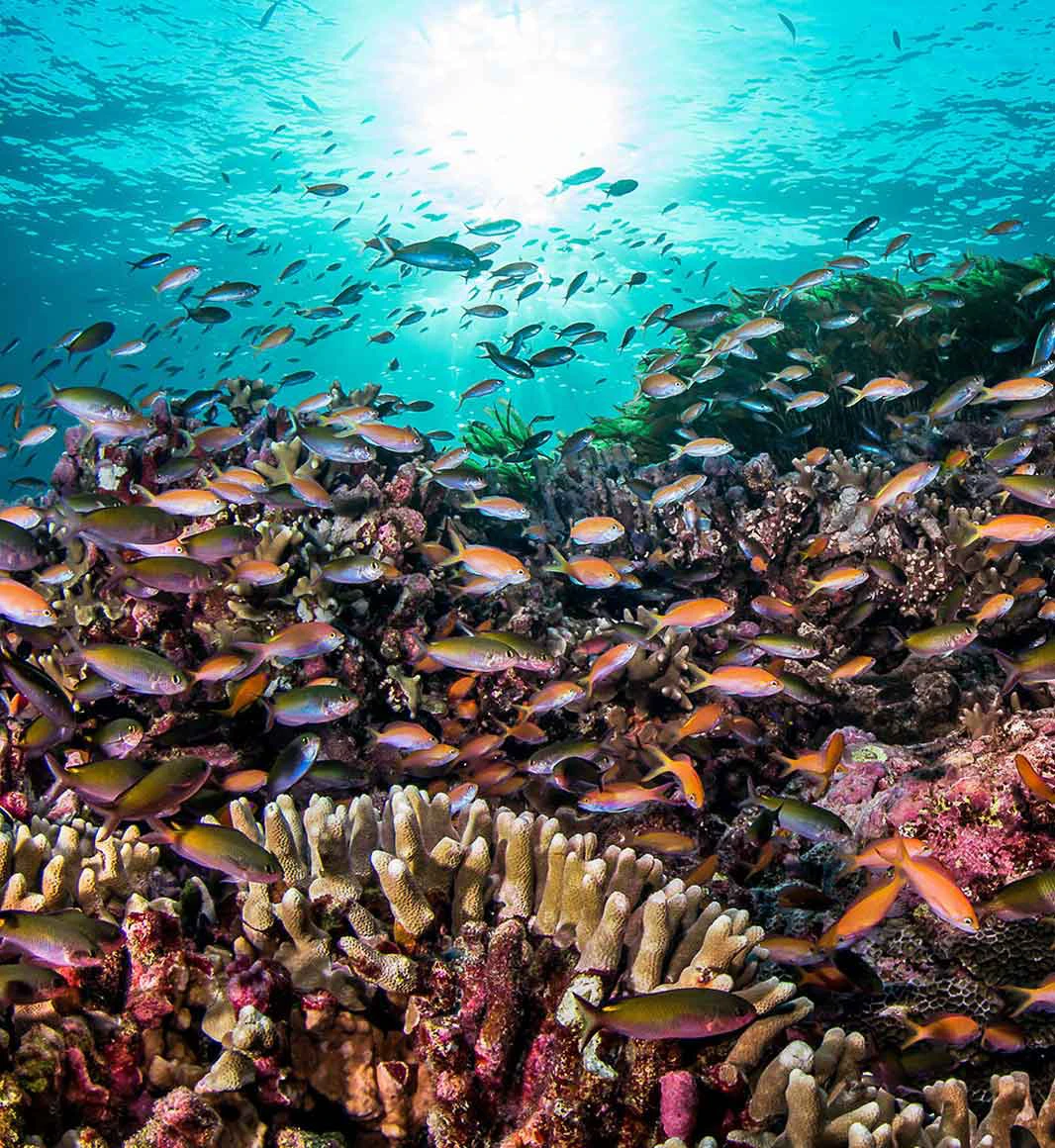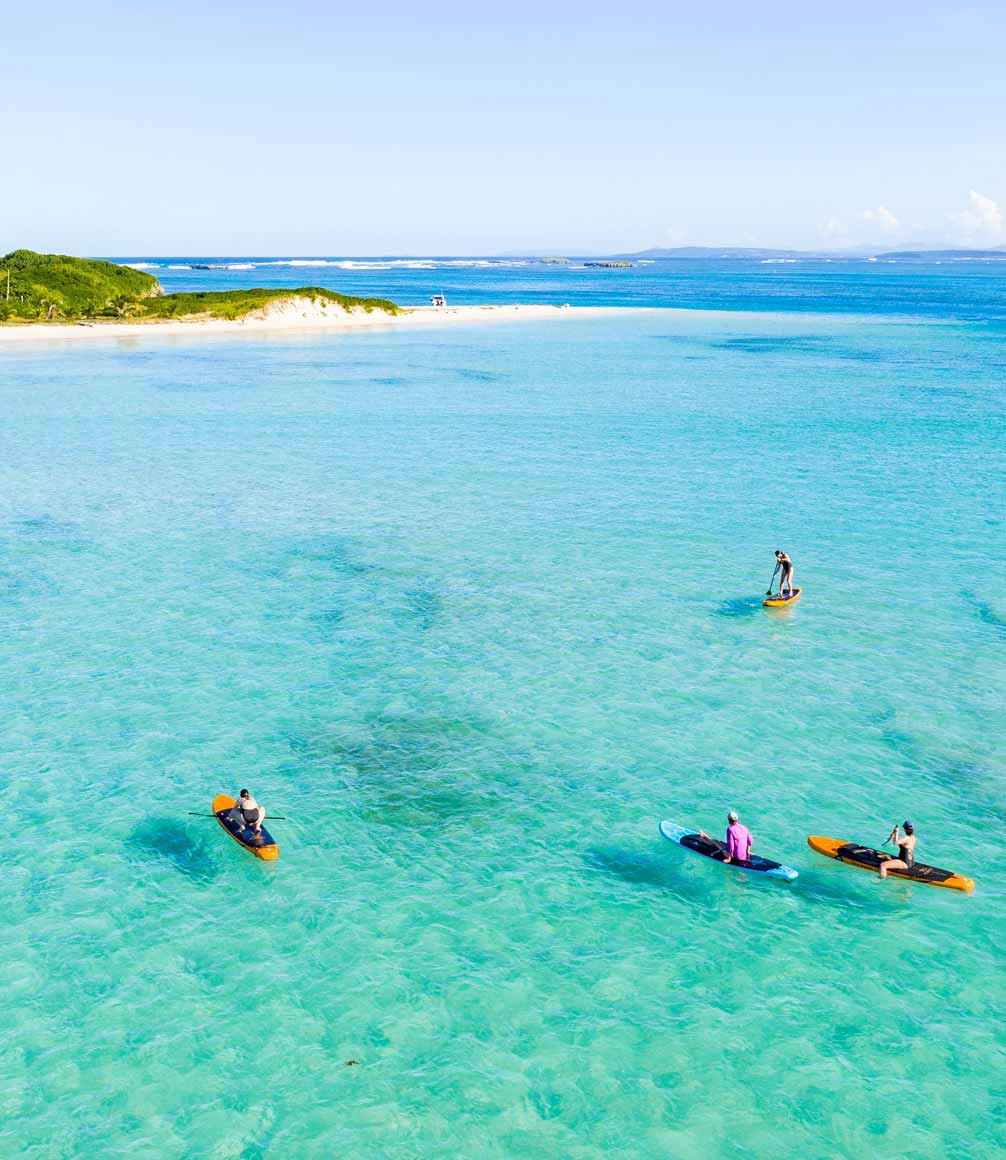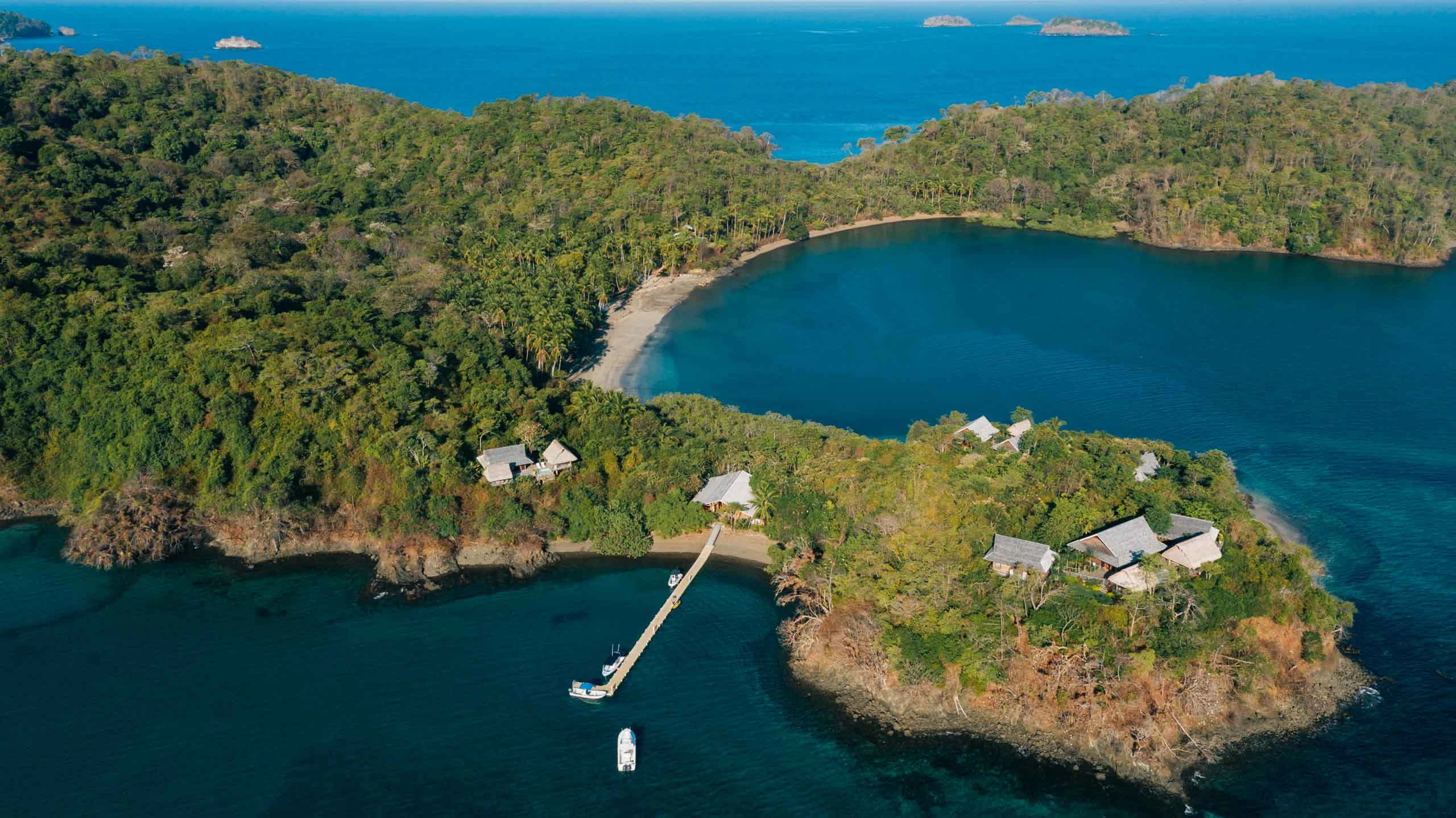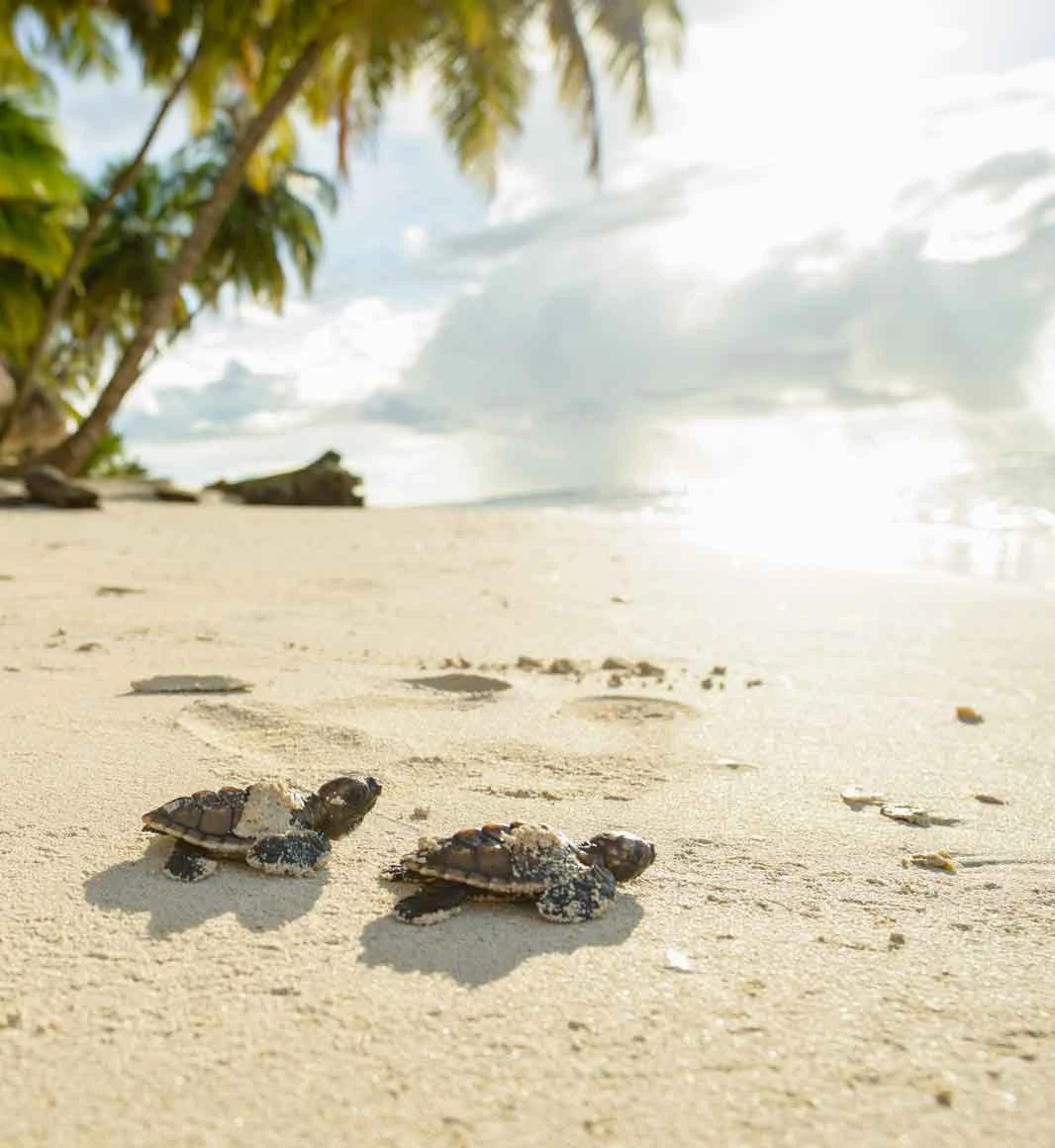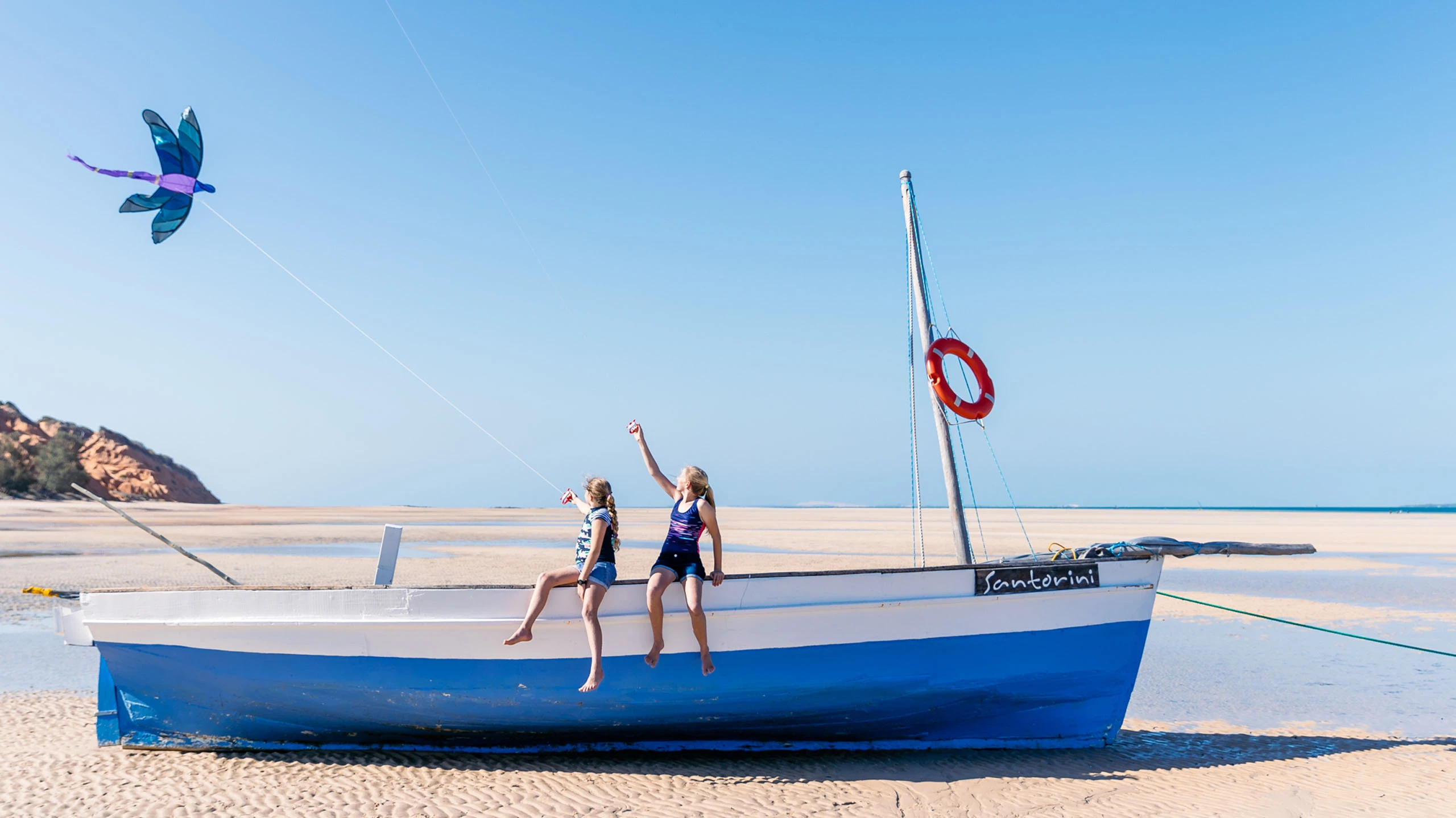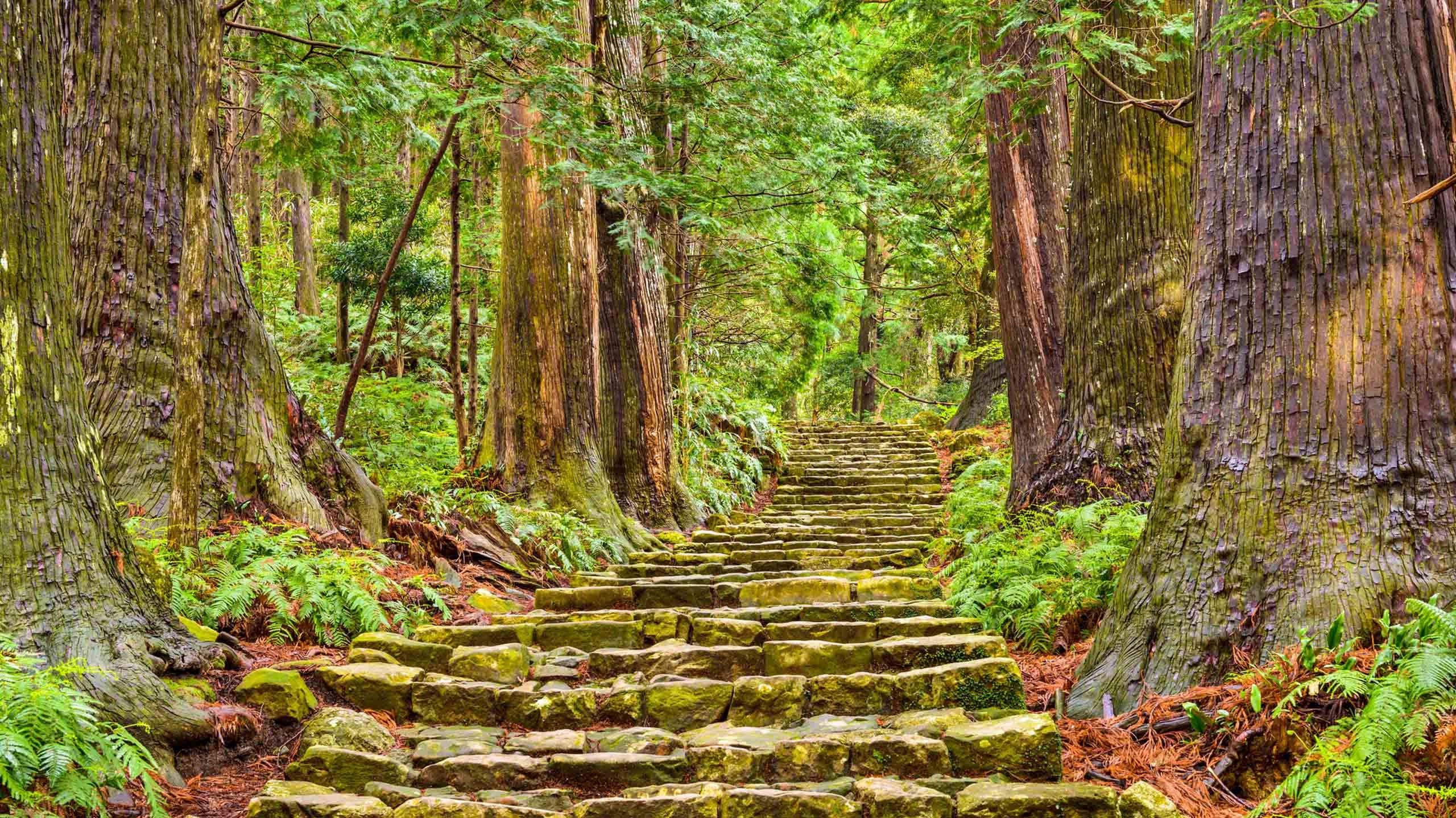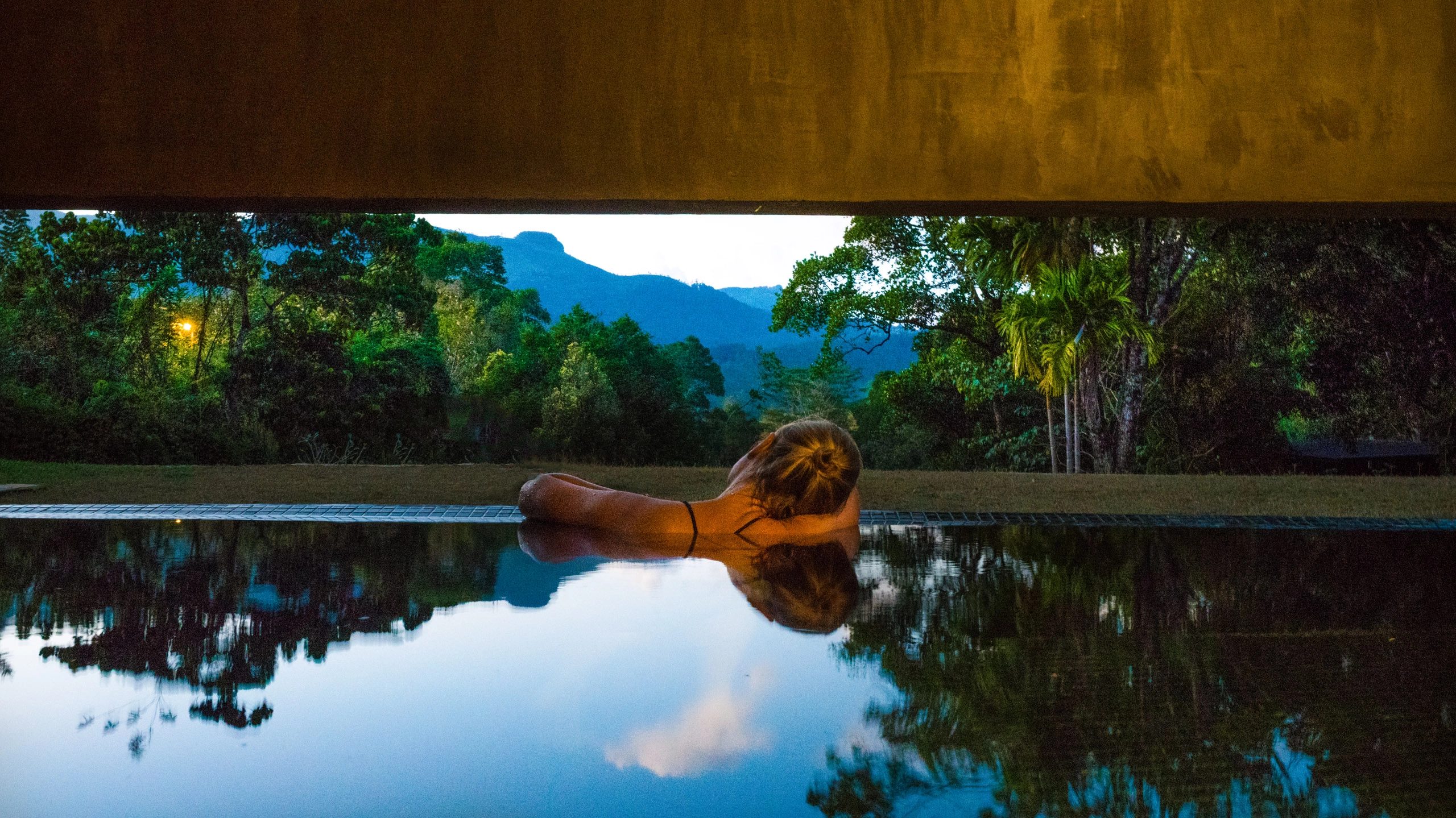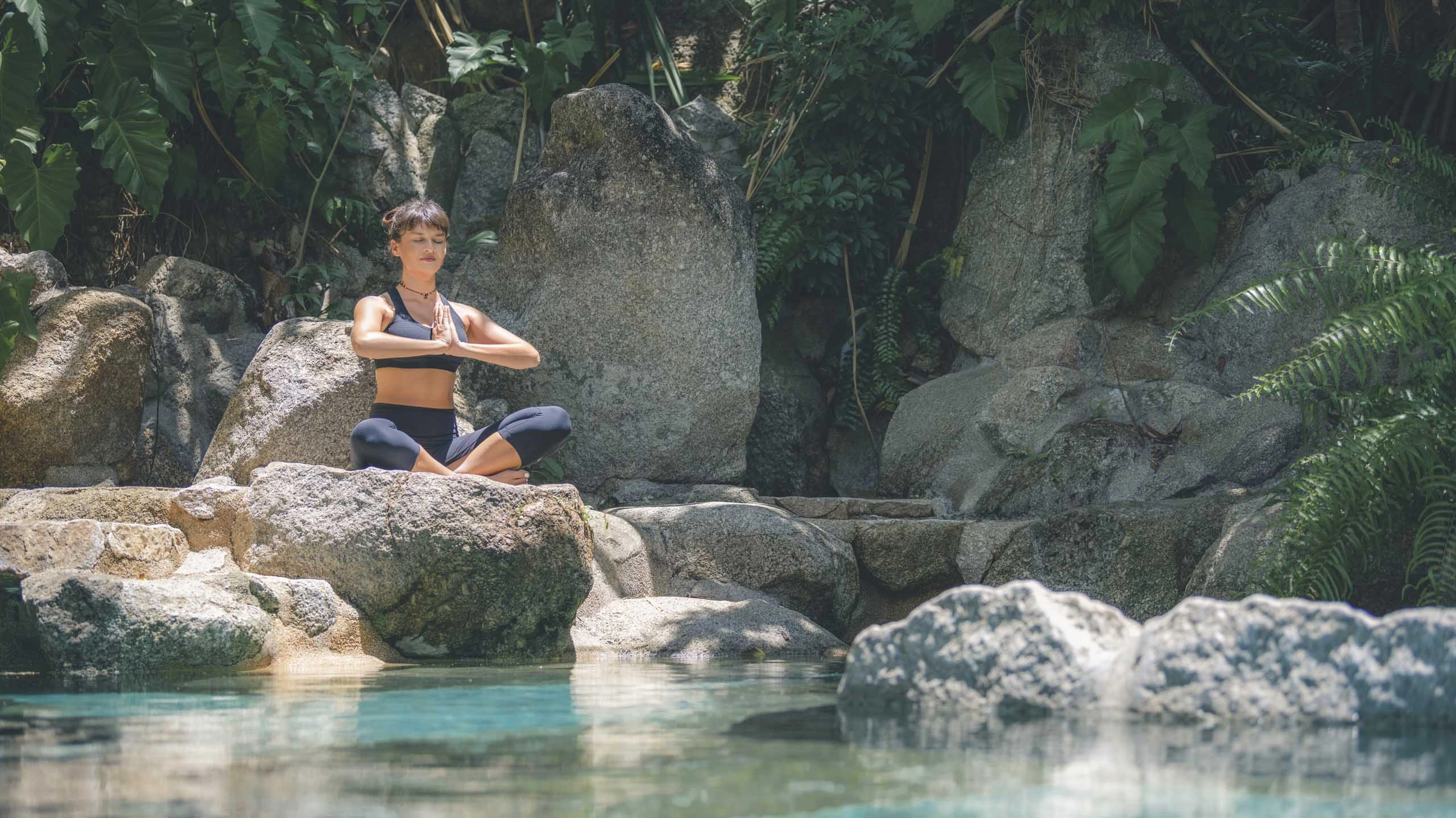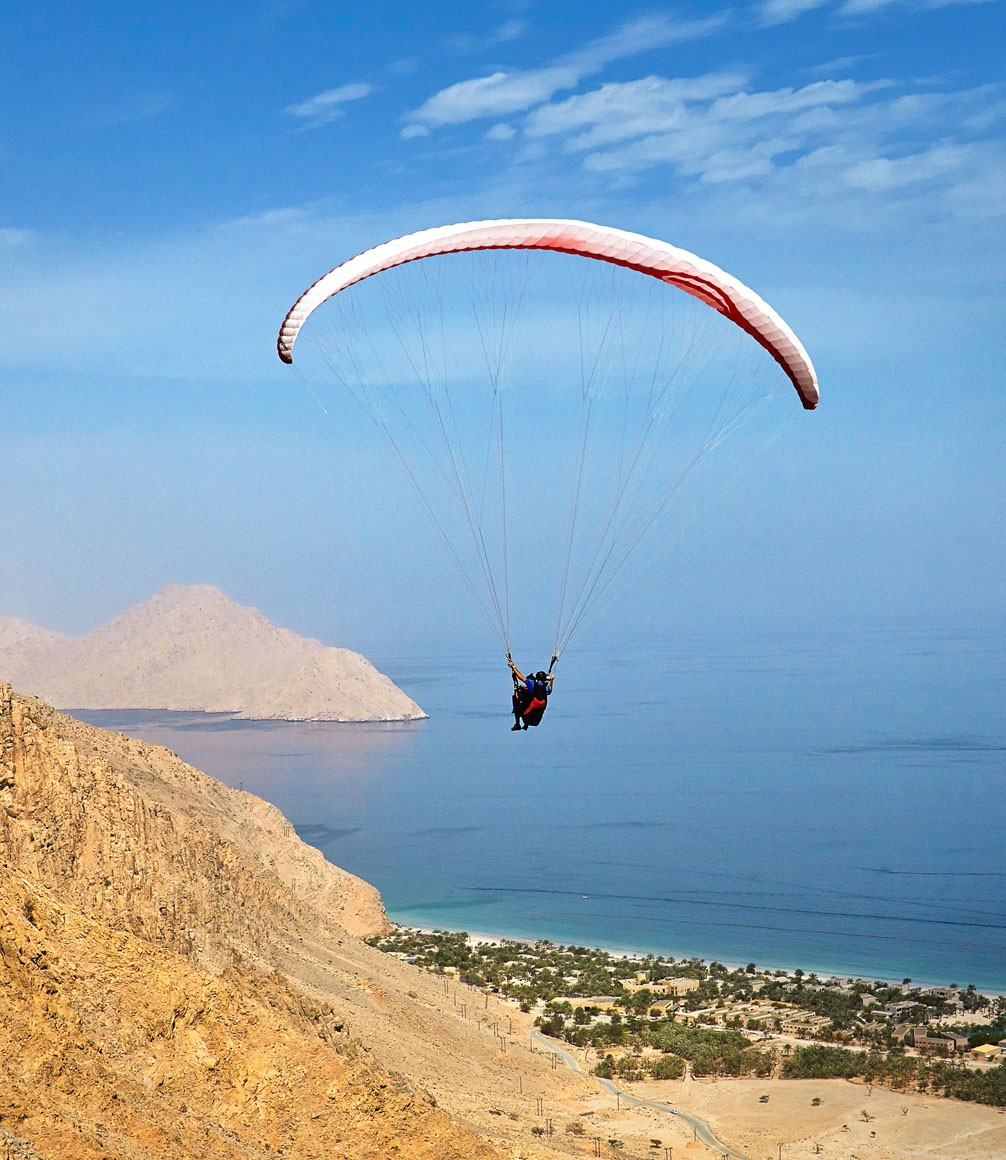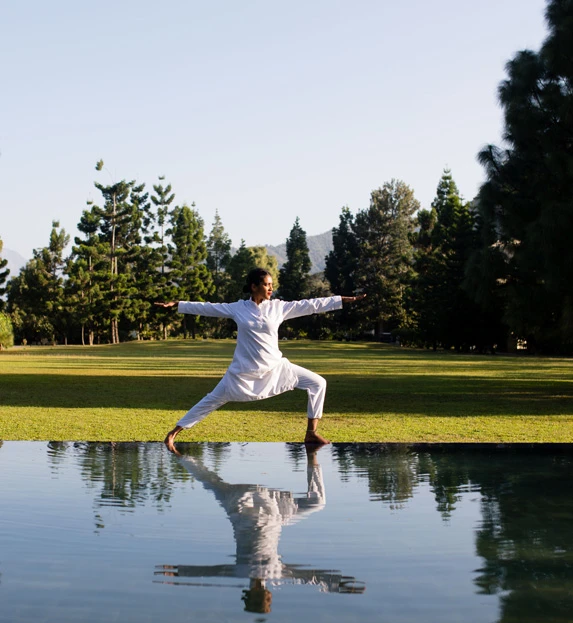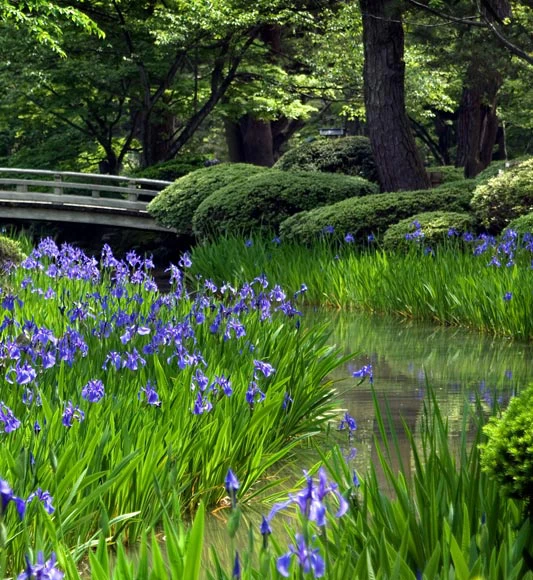Luxury Wellness Holidays
Whether you’re looking for a soothing spa escape, traditional healing or the very latest state-of-the-art biohack, a journey of wellness and renewal with Explorations Company lets you travel into yourself and recharge mind, body and spirit in the company of the world’s leading practitioners.
We can help you sort the salutary from the snake oil so that you return home feeling at your very best. Sometimes, all you need is some old-school pampering and relaxation: an indulgent spa treatment, some yoga classes or time on a talcum-powder beach by shimmering turquoise water. In which case, we’ll help steer you towards what’s best for you and maybe suggest some options you hadn’t considered.
Ready to take the road less travelled?
"Our connections with some of the world’s leading practitioners mean that we can design wellness and mindfulness journeys that are entirely bespoke to you."
On other occasions, and at different life stages, you may be searching for deeper healing. From cutting-edge biohacks such as sleep therapy and brain photobiomodulation to grief therapy and immersive journeys into the habits of Blue Zone populations, we can help you embrace better life choices or attain a powerful reconnection with yourself. Our connections with some of the world’s leading practitioners mean that we can design wellness and mindfulness journeys that are entirely bespoke to you. This could mean anything from a personalised plan created for you by a top lifestyle guru to meditations led by a rinpoche in Nepal, or learning about traditional plant healing techniques in the Amazon Basin.
Ready to take the road less travelled?
Wellness and Transformative Travel
Embark on a transformative journey with bespoke wellness experiences tailored to rejuvenate mind, body, and spirit. From ancient healing practices in the Amazon to cutting-edge biohacks and spiritual retreats in Nepal, discover personalised pathways to renewal.
Ready to take the road less travelled?
